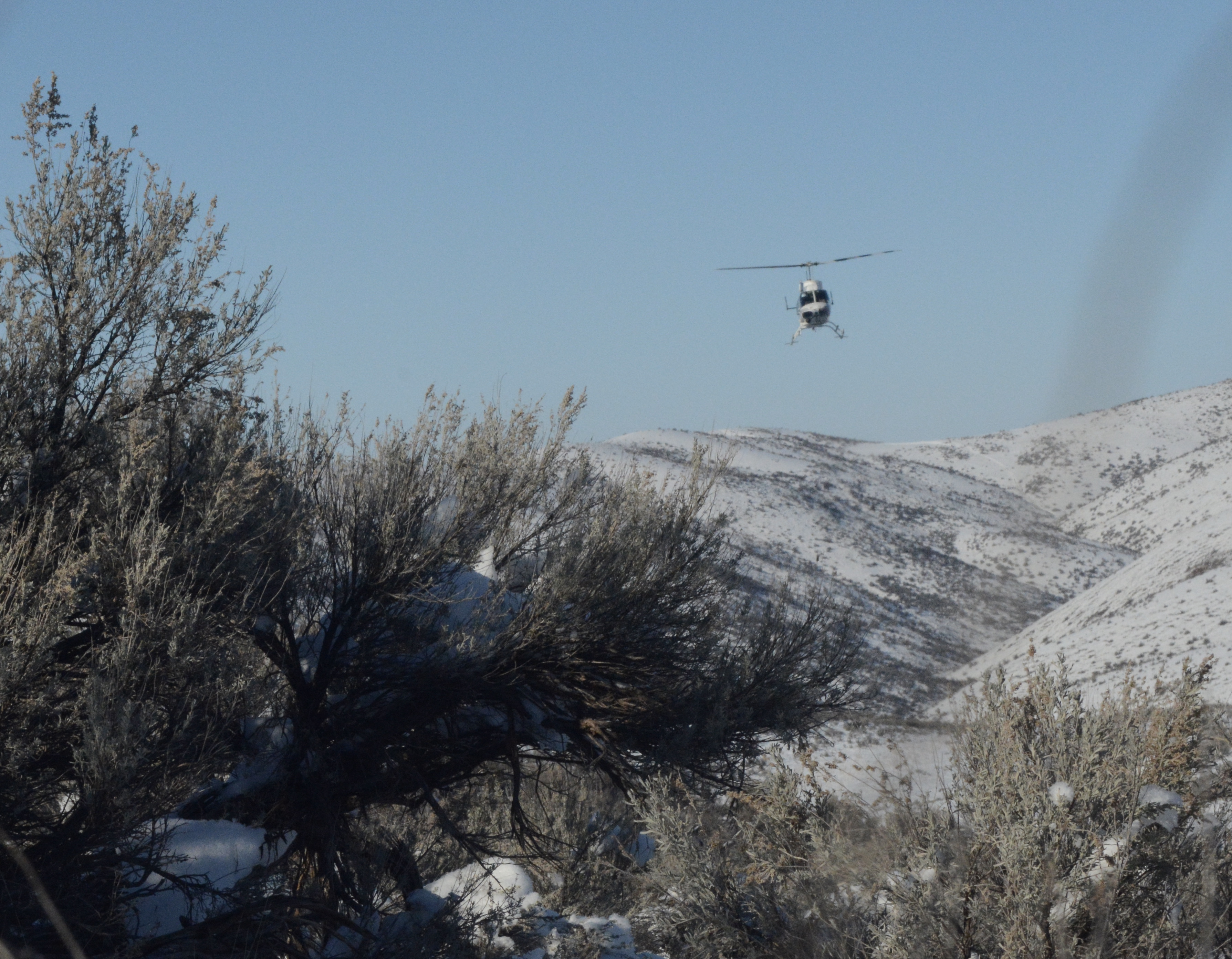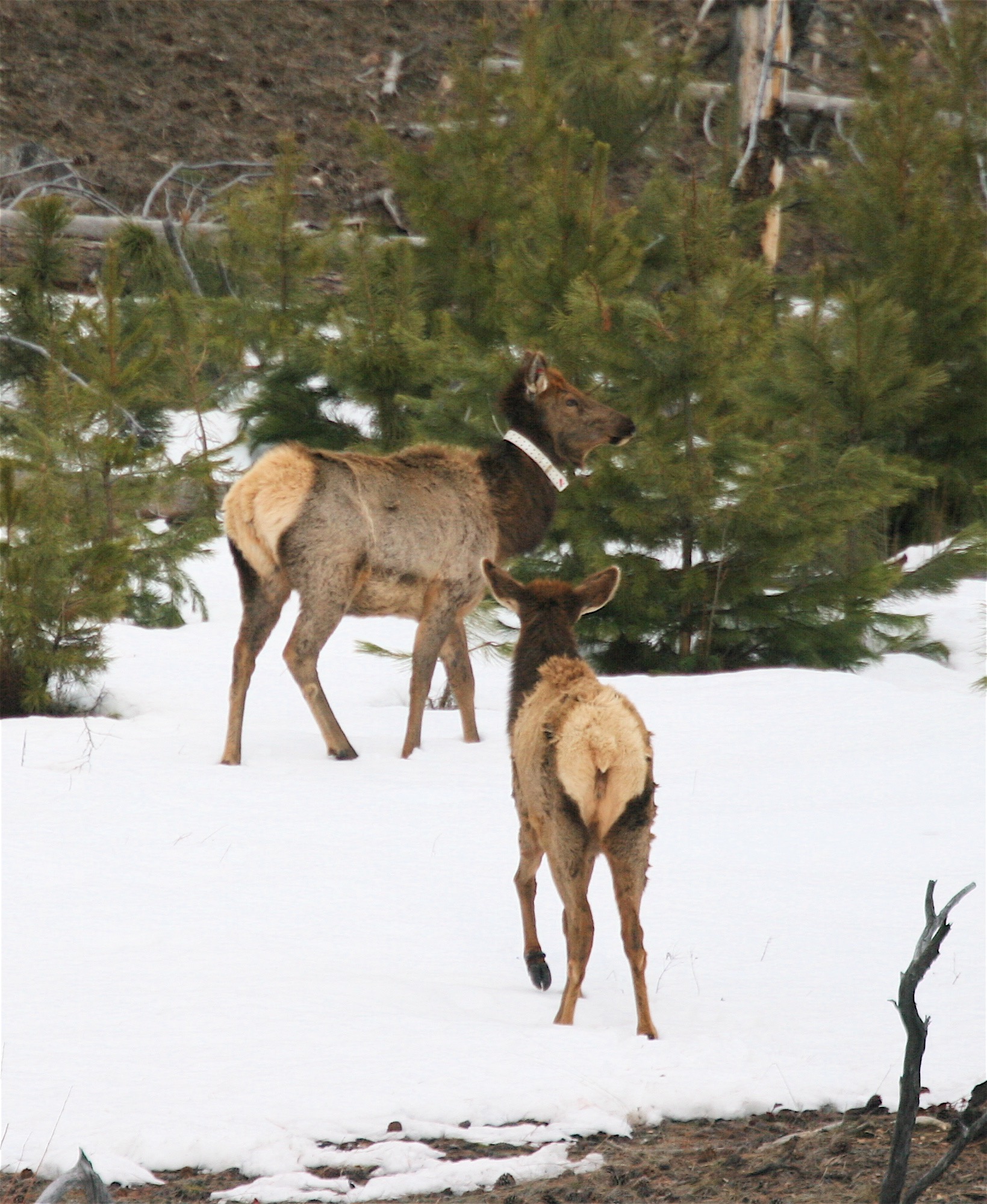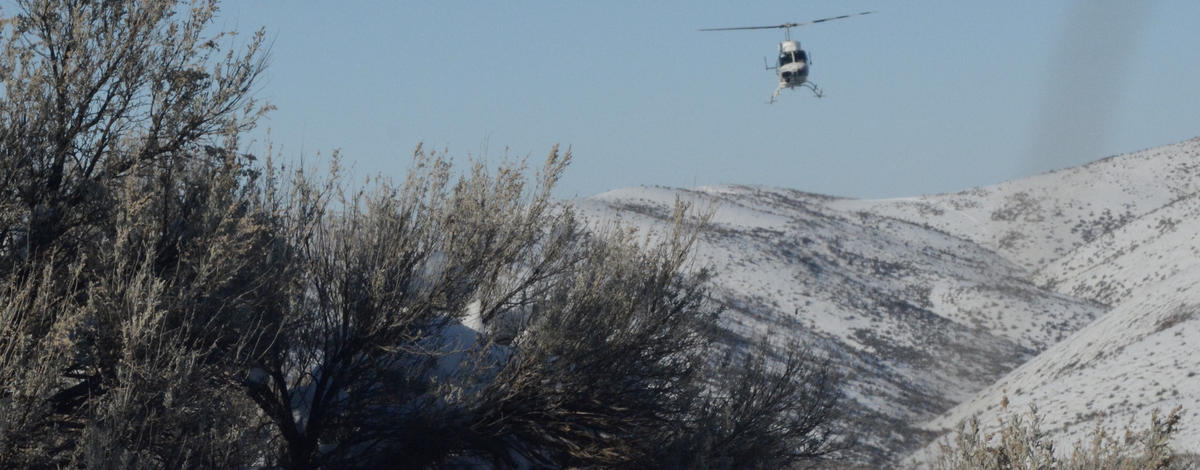Beginning in mid-January, Idaho Fish and Game staff in the Southwest Region will use low-flying helicopters to capture and collar deer fawns and elk calves in units 22, 23, 31, 32, 33, 35, and 39. The activity is part of Fish and Game’s annual efforts to monitor winter survival. These flights are scheduled to wrap up by Jan. 20.

In total, approximately 90 mule deer fawns and 45 elk calves will be collared in these units. Crews will then monitor the collared animals to get a better idea of herd survival through the winter and early spring.
Disturbance to the animals is kept to the minimum needed to acquire accurate information and deploy tracking collars. Collaring efforts are completed during winter because animals tend to be congregated, are easy to spot, and it’s gentler on the animals to capture them in cooler weather. Biologists move quickly and efficiently to minimize stress on the animals they collar. It typically takes a total of 15-30 minutes to herd, catch, collar and release an animal.
“We try our best to minimize stress and complete these projects early in winter when the animals aren’t yet feeling the accumulated effects that take hold in February and March as fat reserves are depleted,” said Ryan Walrath, Southwest Region wildlife manager. “The stress is over as quickly as possible, and it provides us with crucial data that informs our management of deer and elk herds.”

While labor intensive and dangerous at times, the information collected, together with flight survey data from earlier in the winter, will be used to determine the overall health of Idaho’s big game herds, which plays an important role in determining future hunting seasons.

